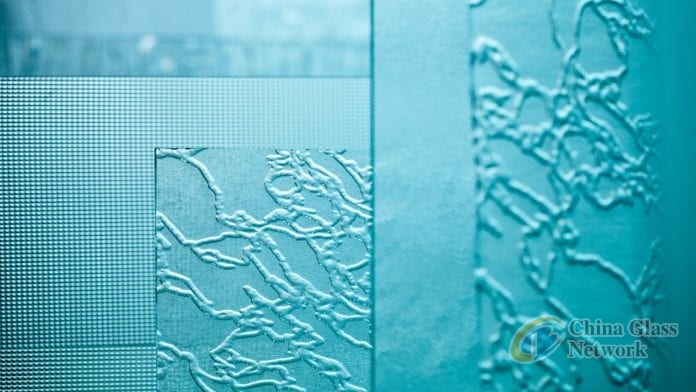Post Time:Aug 29,2019Classify:Industry NewsView:5563
Aalborg University, Denmark have made major breakthroughs with developing a self-glass. The glass could have practical applications with smartphone screens, eyeglasses and car windshields.

The new glass holds self-healing properties and intense crack resistant properties. The glass material holds great potential in improving glass flexibility.
According to the research paper conducted under the Aalborg University: Oxide glasses are one of the most important engineering and functional material families owing to their unique features, such as tailorable physical properties. However, at the same time intrinsic brittleness has been their main drawback, which severely restricts many applications. Despite much progress, a breakthrough in developing ultra‐damage‐resistant and ductile oxide glasses still needs to be made.”
“Although we don’t think about this in everyday life, glass is actually not particularly fond of water, especially when it comes to cracking. Most of us have probably experienced a stone hitting the car windshield. What starts out looking like a small chip can eventually develop into a slowly growing crack. What happens is that water molecules from humid air break down the glass network and make the crack grow,” says Kacper Januchta, the first author of the study and a PHD student from Aalborg University.
Unlike pre-existing glass, water has a positive effect on the crack resistance of this new glass. Instead of indentations and cracks growing, they actually become smaller over time.
“We’ve gained completely new insight into the mechanisms affecting the formation of cracks in glass and thus also how it can be avoided. The next steps are now to implement some of these same mechanisms in glass products that already exist on the market,” says Morten Mattrup Smedskjaer, Professor at Aalborg University and head of the research project.
By improving the brittleness of glass, we could see an improvement in the thickness of glass in car windscreens, phones and windows. Since glass materials are produced at very high temperatures, producing and transporting thinner glass could potentially translate into energy savings reduced CO2 emission.
Source: https://www.scitecheuropa.eu/Author: shangyi
PrevPrice of Blue Coated Glass from SHAHE GOLDEN DEER TRADING CO.,LTD on 28th Aug 2019
Dow and 3D GLASS combine efforts to build a crystal clear futureNext